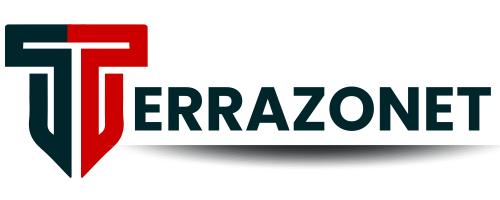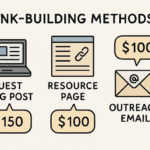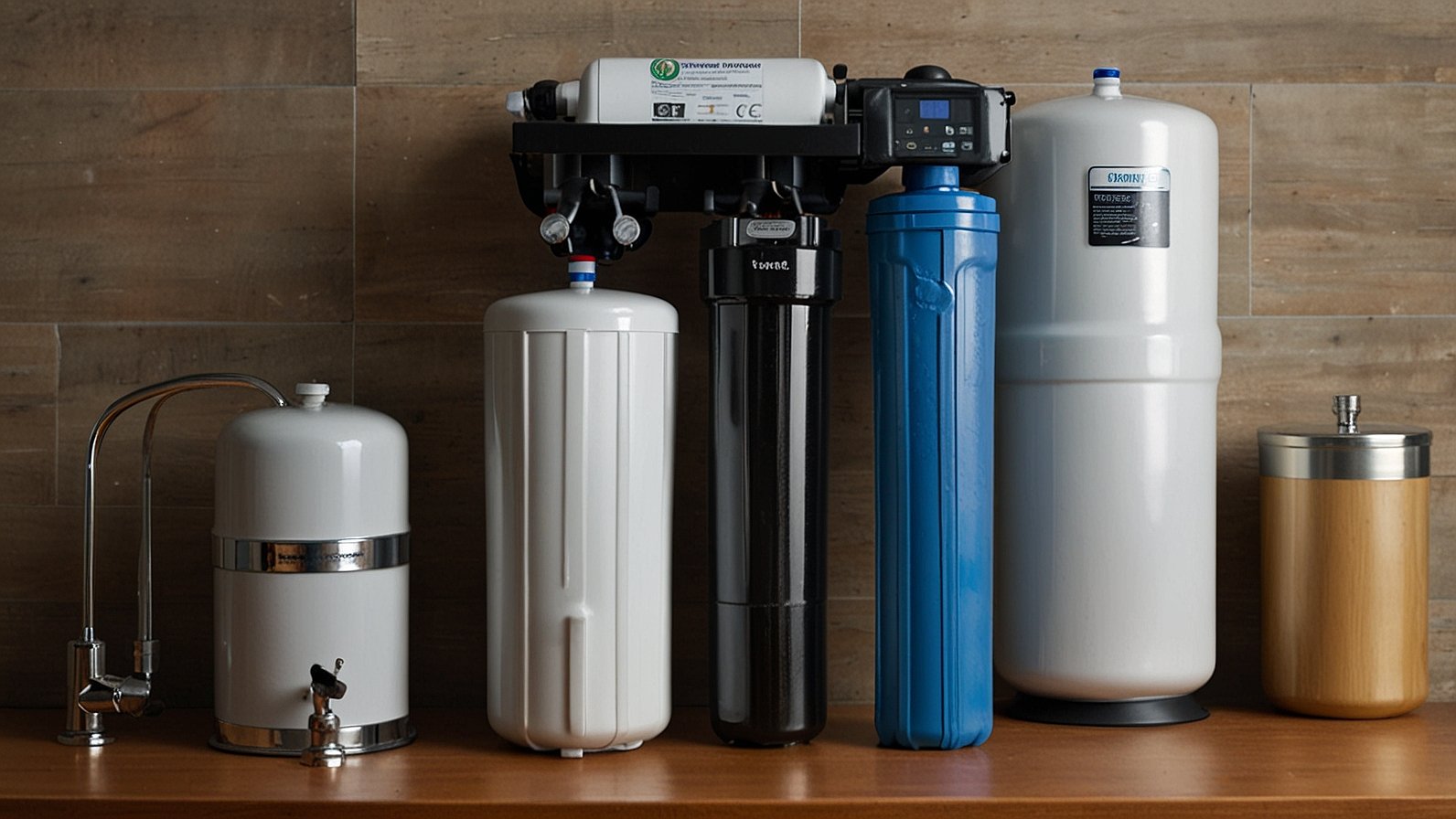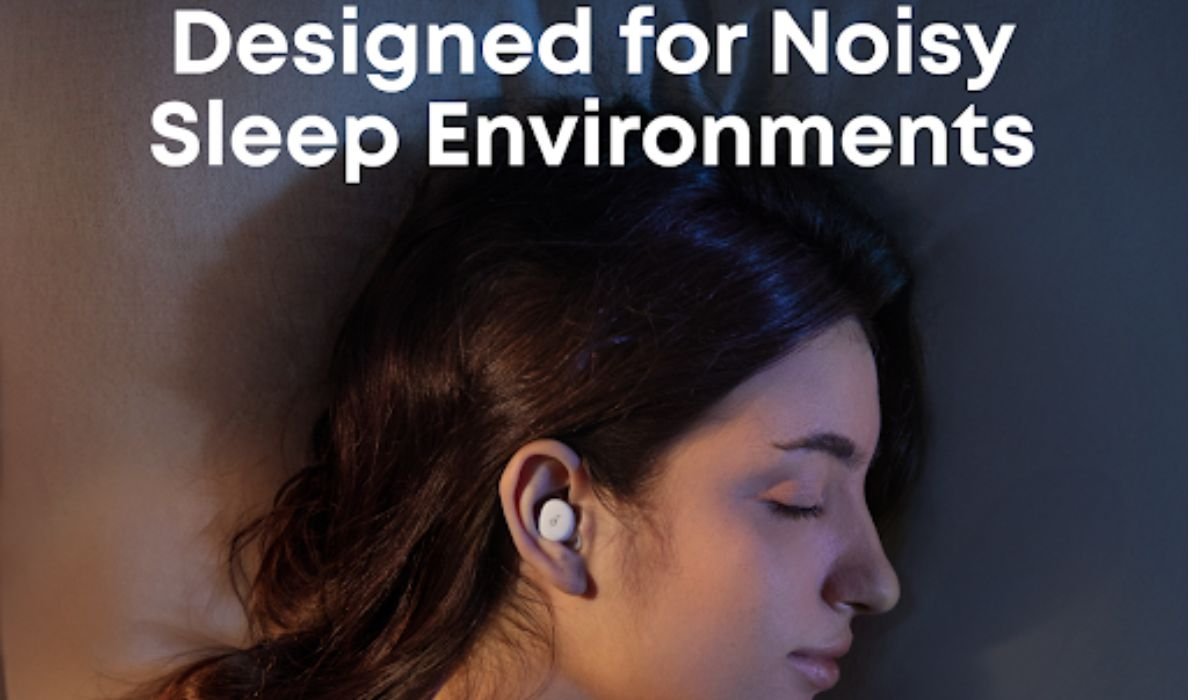Why Your Tap Water Might Not Be as Clean as You Think
The problem is real: millions of Americans drink water that contains harmful contaminants every single day. Your tap water travels through aging pipes and treatment facilities that can’t remove every dangerous substance.
Here’s what makes it worse: common water contaminants like chlorine, lead, pesticides, and bacteria can cause serious health problems over time. These invisible threats accumulate in your body and may lead to digestive issues, skin problems, and even long-term diseases.
The solution is simple: installing the right water filtration system in your home. Best water filtration systems can remove up to 99% of harmful contaminants while improving taste and odor.
Understanding Water Contaminants
Your home’s water supply faces multiple contamination sources before reaching your faucet. Municipal treatment plants remove many harmful substances, but they can’t eliminate everything.
Common contaminants include chlorine, lead, mercury, pesticides, bacteria, and industrial chemicals. These substances enter water supplies through old pipes, agricultural runoff, and industrial waste. Even well water isn’t immune to contamination from nearby septic systems or chemical spills.
The Environmental Protection Agency sets standards for public water systems, but these standards don’t cover all potential contaminants. Many substances remain unregulated, meaning they could be present in your water without your knowledge.

Types of Water Filtration Systems
Best water filtration systems come in several categories, each designed to target specific contaminants. Understanding these types helps you choose the right solution for your home’s unique water quality issues.
The most effective systems use multiple filtration stages to remove different types of contaminants. Single-stage filters work well for basic improvements, but multi-stage systems provide comprehensive protection against a wider range of threats.
Reverse Osmosis Systems
Reverse osmosis represents the gold standard in home water filtration technology. These systems force water through an extremely fine membrane that blocks contaminants while allowing pure water molecules to pass through.
RO systems remove up to 99% of dissolved solids, including heavy metals, chemicals, and microorganisms. The process eliminates contaminants as small as 0.0001 microns, making it one of the most thorough filtration methods available.

Most reverse osmosis systems include multiple filtration stages. Pre-filters remove larger particles and chlorine, the RO membrane handles dissolved contaminants, and post-filters polish the water for optimal taste.
Carbon Filter Systems
Activated carbon filters excel at removing chlorine, chemicals, and organic compounds that affect taste and odor. These systems work through adsorption, where contaminants stick to the carbon’s porous surface.
Carbon filters are particularly effective against volatile organic compounds (VOCs) and chlorine byproducts. They’re also excellent for improving water taste and eliminating unpleasant odors that make drinking water less appealing.
Two main types of carbon filters exist: granular activated carbon (GAC) and carbon block filters. Carbon block filters generally provide better contaminant removal because water has more contact time with the filtering material.
UV Light Purification
Ultraviolet light systems destroy bacteria, viruses, and other microorganisms without adding chemicals to your water. UV purification works by damaging the DNA of harmful microorganisms, preventing them from reproducing.
These systems are incredibly effective against biological contaminants but don’t remove chemical pollutants or dissolved solids. UV purification works best when combined with other filtration methods for comprehensive water treatment.
UV systems require minimal maintenance and operate continuously without creating waste water. The UV lamp typically needs replacement once per year to maintain effectiveness.
Whole House Filtration
Whole house systems filter all water entering your home, protecting every faucet, shower, and appliance. These comprehensive systems ensure clean water for drinking, cooking, bathing, and cleaning.
Whole house filters typically combine multiple technologies including sediment filtration, carbon treatment, and sometimes UV purification. This approach addresses different contaminant categories throughout your home’s entire water supply.
The main advantage of whole house systems is convenience and comprehensive protection. You don’t need to remember to filter water for different uses, and your appliances benefit from cleaner water that reduces mineral buildup.
Countertop and Pitcher Filters
Portable filtration options provide an affordable entry point into water treatment. Countertop units and pitcher filters offer basic contaminant removal without permanent installation requirements.
These systems work well for renters or anyone wanting to test water filtration benefits before investing in larger systems. Most use carbon filtration to improve taste and remove chlorine, though some advanced models include additional filtration stages.
While convenient and budget-friendly, portable filters have limited capacity and require frequent filter replacements. They’re best suited for drinking water rather than comprehensive household water treatment.
Key Features to Consider
Contaminant removal capability stands as the most important factor when evaluating filtration systems. Test your water to identify specific contaminants, then choose systems certified to remove those substances.
Flow rate determines how quickly filtered water becomes available. Higher flow rates mean less waiting time, but they shouldn’t come at the expense of filtration effectiveness.
Filter lifespan affects long-term costs and maintenance requirements. Some filters last months while others need replacement every few weeks. Consider both initial costs and ongoing maintenance expenses when comparing options.
Certification from organizations like NSF International or the Water Quality Association ensures systems meet performance standards. Look for specific certifications that match your water treatment needs.
Installation and Maintenance
Professional installation ensures optimal performance and protects your investment. While some systems offer DIY installation, complex systems like reverse osmosis or whole house filters often require professional expertise.
Regular maintenance keeps filtration systems working effectively. This includes replacing filters according to manufacturer schedules, sanitizing systems periodically, and monitoring performance indicators.
Most quality filtration systems include monitoring features that alert you when maintenance is needed. Some advanced systems provide filter life indicators or automatic shutoff when filters need replacement.
Making the Right Choice
Best water filtration systems match your specific water quality issues, household size, and budget constraints. Start by testing your water to identify contaminants, then research systems certified to address those specific problems.
Consider your long-term needs and usage patterns. A family of four has different requirements than a single person, and homes with poor municipal water need more comprehensive treatment than those with minor taste issues.
The right filtration system transforms your home’s water quality while providing peace of mind about your family’s health. Clean, great-tasting water encourages proper hydration and eliminates concerns about contaminant exposure.
Don’t compromise on water quality when effective solutions are readily available. Research your options, test your water, and invest in a system that meets your specific needs for years of reliable performance.
You May Also Read: Nippybox: Your Feather-Light, Super-Secure File Sharing Lifesaver



















